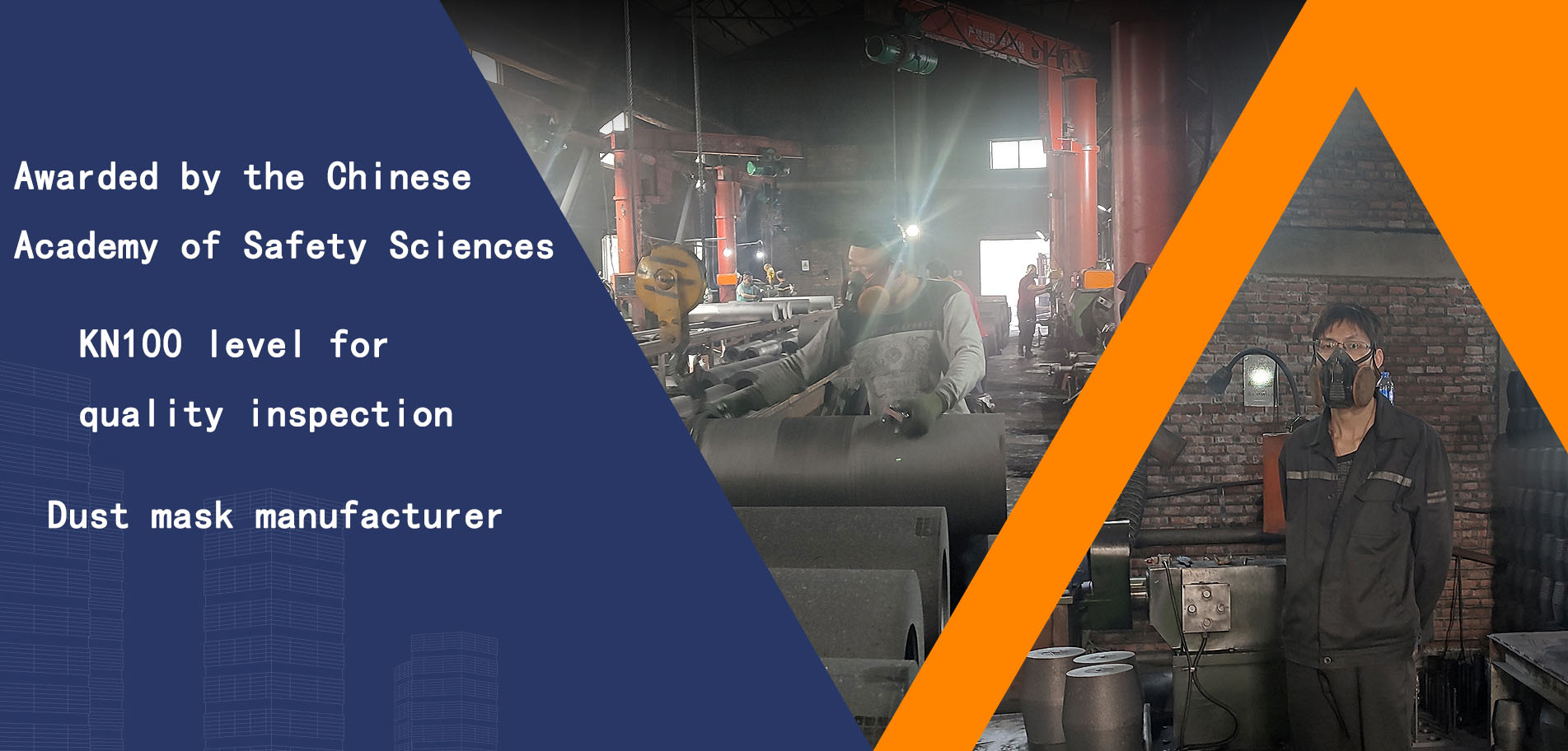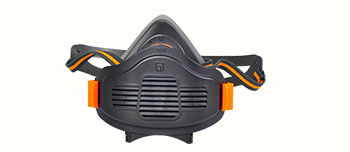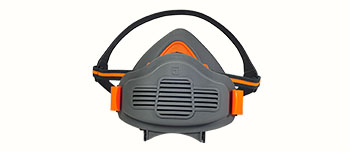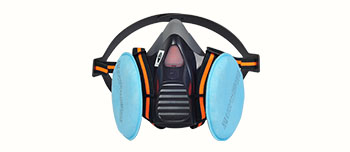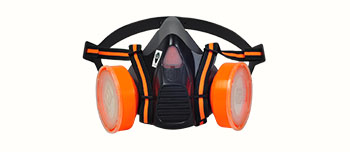Laser cutting technology is widely used in fields such as metal processing and manufacturing, but the smoke, metal vapor, and harmful gases generated during the process can pose a threat to the respiratory system of operators. Long term exposure to these pollutants may lead to respiratory diseases, lung damage, and even more serious health problems. Therefore, laser cutting workers must pay attention to respiratory protection and take scientific and effective measures to ensure their own safety.
Respiratory hazards during laser cutting process
Metal dust and smoke
When cutting metal, small metal particles and oxide dust such as iron, aluminum, copper and other metal dust are generated, which may deposit in the lungs after inhalation and cause pneumoconiosis or chronic bronchitis.
harmful gas
Some materials (such as galvanized sheet, PVC, etc.) release toxic gases such as ozone, nitrogen oxides, carbon monoxide, etc. during high-temperature cutting, which may cause dizziness, nausea, and even poisoning.
Nanoparticles
The high temperature generated by laser cutting may form ultrafine particles (at the nanometer level), which are more likely to penetrate into the alveoli and have long-term health effects.
Respiratory protection measures
1. Engineering control: Reduce pollutants at the source
Local exhaust system: Install suction arms or exhaust hoods as close as possible to the cutting point to promptly remove smoke and exhaust gases.
Overall ventilation: Ensure good air circulation in the working environment and reduce pollutant concentration.
Wet cutting or dust removal equipment: Some laser cutting machines can be equipped with a wet dust removal system to reduce dust dispersion.
2. Personal protective equipment (PPE)
Dust mask: For ordinary metal dust, standard anti particle masks (such as N95, KN95 level) can be selected.
Gas mask: If harmful gases are present, a full face or half face mask equipped with corresponding filter boxes should be selected.
Electric air supply respirator: Electric air supply respirator can provide more efficient protection during high concentration smoke or long-term operation.
3. Homework standards and management
Reduce exposure time: Reasonably arrange work time and avoid prolonged continuous work.
Regularly inspect equipment: ensure the normal operation of the exhaust system and laser cutting machine to prevent smoke and dust leakage.
Workplace monitoring: Regularly monitor air quality to ensure that pollutant concentrations meet occupational health standards.
4. Health monitoring
Regular physical examination: Laser cutting workers should undergo regular lung function tests to detect health problems early.
Strengthen personal hygiene: Wash your face and hands promptly after homework to avoid residual pollutants.
conclusion
The respiratory health risks faced by laser cutting workers cannot be ignored. Only by combining engineering control, personal protection, and standardized management can the hazards be effectively reduced. Enterprises should provide necessary protective equipment and training, while workers themselves need to raise safety awareness, use protective equipment correctly, and ensure occupational health and safety.
 English
English
